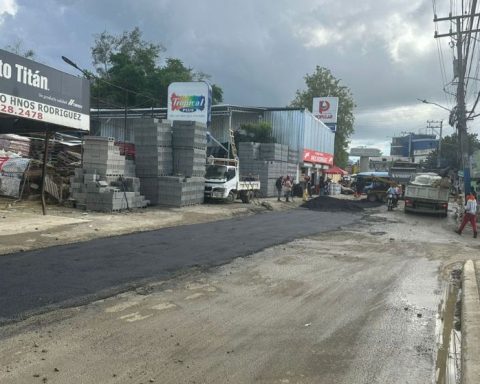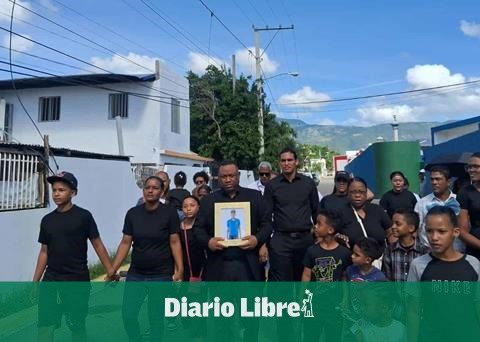The pension system in the Dominican Republic faces the need for reforms that improve the conditions of retirees, and that are supported by greater contributions from the workers themselves.
As life expectancy increases and the population ages, say various experts who address the issue, it is essential to increase contributions to the pension system and diversify the investments of the Pension Fund Administrators (AFP).
The combined contribution between employer and employee to the pension system in the country is 8.4% of salary. This rate is low by international standards and is not enough to guarantee adequate pensions for those who retire. In other words, “you can’t expect much if you contribute little.”
It has been suggested that contributions to the pension system should be raised to at least 15%, which would be much better than the current level, although it would still be a marked gap with respect to countries such as Singapore, one of the countries with the best pension system in the world. There, workers contribute 37% of their salary to pensions and health. The level of the replacement rate is determined, fundamentally, by the contribution made by the worker and the employer to the worker’s capitalization account, by the number of contributions, by the age set for retirement and by the profitability of the pension savings that the AFP generates for the worker.
If the worker and the employer together contribute 8.40% of the employee’s monthly salary, it is not possible to expect that, after 30 years of contributions, the system will guarantee a pension of 70% or 80% of the worker’s last salary, economist Andrés Dauhajre Jr. tells the newspaper elCaribe, when addressing the issue.
This would require contribution rates close to the average of 25% of wages that are shown by the distribution models in force in countries such as Europe. Dauhajre questions those who demand a substantial increase in the amount of pensions, similar to countries with a high level of economic development, without explaining how this goal can be achieved with a net contribution from workers of only 8.40% of wages.
Diego Valero, a Spanish and renowned pension expert, has emphasized that “the current contribution rate limits the potential for saving for retirement and does not allow workers to accumulate sufficient funds for a decent pension.” And he supports this with figures.
“We need to work on avoidance and evasion, but we also need to work gradually to increase contributions. The amount we have is low, and with such a contribution we cannot expect a high pension,” Valero has warned at different times and in different settings. The most recent time was last July, when he spoke at a forum organised by the Ombudsman’s Office.
There he made it clear that in the Dominican territory 60% of the population does not contribute and – therefore – that percentage will not have a pension. It is worrying. To that is added a new element: In some nations the bases are already being created so that the retirement age is gradually extended, given that people are living longer. Dauhajre also favors that this part be seen.
In several Latin American countries, contribution rates are higher, allowing for the accumulation of larger pension funds. For example, Chile, Peru, Colombia and Mexico allow workers to invest in global markets through securities and shares, with positive results.
Investment seems to be a point of importance
Countries that allow workers to invest in global markets through bonds and shares have achieved higher returns for pension funds and, therefore, better pensions for workers upon retirement, according to calculations by economist Dauhajre.
The pension system’s coverage faces challenges. According to the original design, the replacement rate (RR) for those who retire at age 60 with 360 months of contributions would be close to 40%, in line with the regional environment. However, reality shows that the effective replacement rate is 30.5%, indicating a significant shortfall compared to original expectations.
One point that is often cited is that financial education is an essential component for the success of any pension system reform, including the Dominican one. Workers must be informed about how their pension system works, what the implications of the reforms are, and how they can plan their financial future effectively. Hence, entities such as the Superintendency of Pensions -Sipen- have designed campaigns and programs to reach out to people and provide guidance.

















